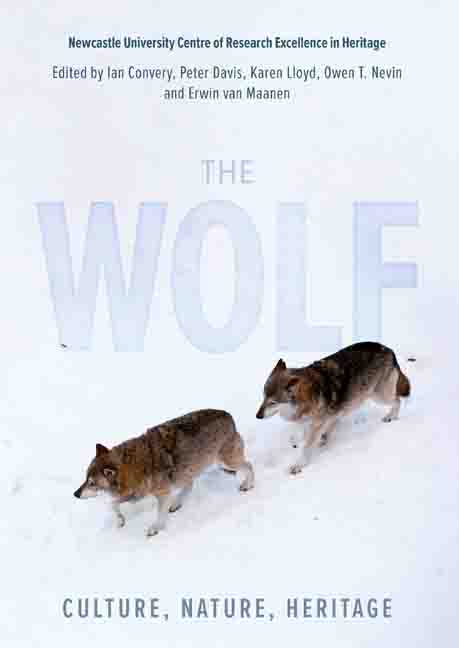Book contents
- Frontmatter
- Dedication
- Contents
- List of Illustrations
- Preface and Acknowledgments
- List of Abbreviations
- Poem: Trophic Cascade by Camille T Dungy
- Foreword
- Part I Imagining the Wolf
- Part II What Makes the Wolf
- Part III Return of the Wolf
- Part IV Personal Encounters
- Afterword: The Ecological Disadvantage of Living on an Island
- Glossary
- List of Contributors
- Index
18 - What About the Coywolf?
Published online by Cambridge University Press: 10 January 2024
- Frontmatter
- Dedication
- Contents
- List of Illustrations
- Preface and Acknowledgments
- List of Abbreviations
- Poem: Trophic Cascade by Camille T Dungy
- Foreword
- Part I Imagining the Wolf
- Part II What Makes the Wolf
- Part III Return of the Wolf
- Part IV Personal Encounters
- Afterword: The Ecological Disadvantage of Living on an Island
- Glossary
- List of Contributors
- Index
Summary
INTRODUCTION
In the early 1900s, a unique wolf-like canid1 first appeared in the forested and agricultural landscapes of north-eastern North America. Later it appeared more frequently in large cities of the region, such as Toronto, Boston and New York City. Considerable debate ensued over the ancestry and taxonomy of the new north-eastern canid. Early observers recognised that this newcomer was too small to be a grey wolf (Canis lupus) or an eastern timber wolf (Canis lycaon), but too large to be a coyote (Canis latrans). Scientists, wildlife managers and the lay public were quick to label these mid-sized animals as coyote-dog hybrids or ‘coydogs’ (Carson 1962; RC 1952; Aldous 1939). However, later evidence suggested that the enigmatic canids were predominantly coyote with some unknown amount of wolf and dog ancestry (Lawrence and Bossert 1969; Kolenosky 1971; Bekoff 1977).
Despite the widespread occurrence of hybrids with varying degrees of coyote and wolf ancestry in the eastern half of North America, the term coywolf has only been applied to wild canids with a genetic composition that is predominantly coyote and which inhabit the north-eastern quadrant of the continent. In both the scientific and popular literature, the new north-eastern canids have gone by many names: coyote, eastern coyote, north-eastern coyote, New England Canis, tweed wolf, coydog and coywolf. The latter term coywolf is more recent. Although coywolf has been popularised by the news media and is primarily used by the wildlife biologist who coined the term (Way 2009a), the name lacks support and has not been adopted by other wildlife biologists. Therefore, hereafter I use the term north-eastern (NE) coyote referring to the admixed wild canid with predominantly coyote ancestry that has recently expanded into north-eastern North America.
In this chapter, I (1) outline the earliest and most recent genetic discoveries regarding the complex ancestry of NE coyotes, (2) highlight key morphological and dietary distinctions of NE coyotes as compared to coyotes in other geographic regions, and (3) discuss how the presence of NE coyotes in various cities informs the conservation conversation regarding coexistence between humans and wolf-like predators.
- Type
- Chapter
- Information
- The WolfCulture, Nature, Heritage, pp. 203 - 216Publisher: Boydell & BrewerPrint publication year: 2023



